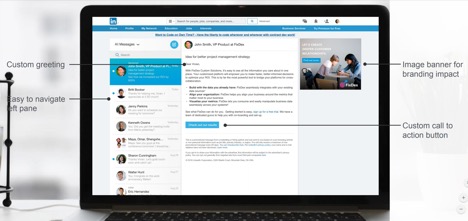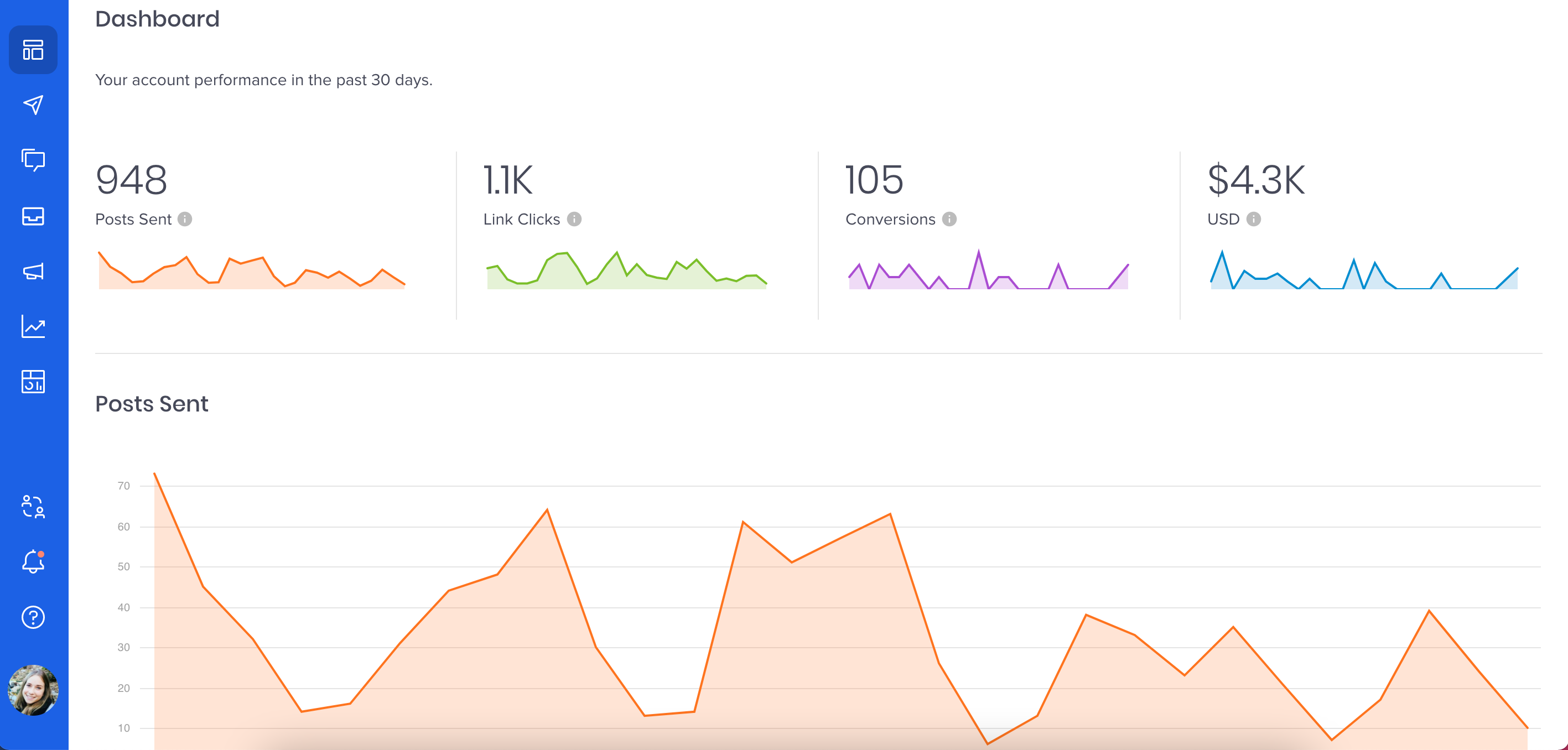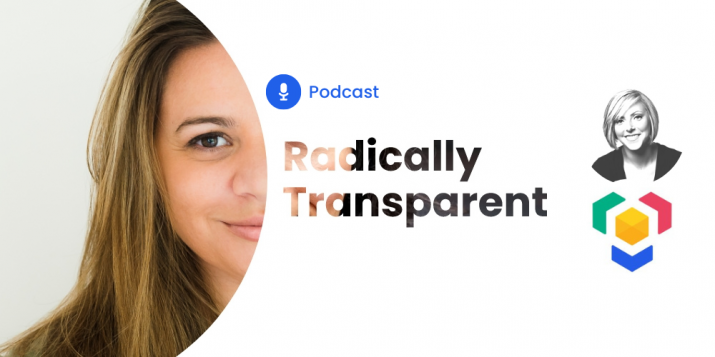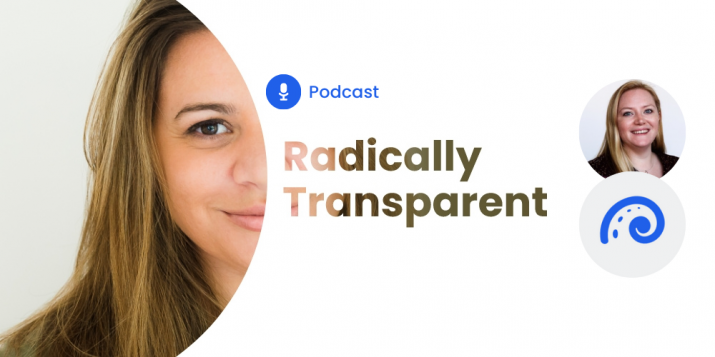
B2B Social Media Strategy for a Post-COVID World
It’s clear by now that the COVID-19 pandemic isn’t just a temporary disruption, a rough patch with familiar normalcy on the other side. We’re working from home, live streaming classes and get-togethers, and shifting even more of our social lives onto social media. The new habits we’ve learned aren’t going to evaporate the moment we conquer the virus.
B2B marketing has felt these shifts as much as any other field. Conferences and trade shows may be fading into memory, but new ideas and opportunities are emerging in their place. We are rapidly embracing technologies that help us adapt to life under lockdown. Social platforms have provided effective and coronavirus-safe ways for businesses to share and connect.
For B2B marketers, the big news about the pandemic-inspired social media renaissance isn’t about vibing on TikTok, but about what’s been happening on LinkedIn. LinkedIn users posted 900% more articles from February to April, but engagement grew by more than 1600%.
As the source of more than 80% of their social media leads, LinkedIn has always been the bright center of the universe for B2B marketers. With old-school marketing channels shrinking due to pandemic closures, connecting with potential customers on LinkedIn and other social networks is more of a priority than ever.
The catch is that you can’t take advantage of these opportunities by going out and doing the same things you were doing before the pandemic. The mood and behavior of your audience have changed, and so too must your marketing strategies.
To thrive in a post-COVID world, B2B marketers will need to focus more on social media and meet their leads where they’re at. Here’s how to adjust your strategy to be successful.
Re-evaluate Your Marketing Strategy
At the start of the pandemic, many marketers didn’t really know what to do. Some paused their campaigns. Others leaned into the collective mood of fear and uncertainty with mixed, sometimes awkward results. Sometimes, in unprecedented situations, you have no choice but to improvise — but it’s always better to let data be your guide.
Step one for optimizing your social media marketing strategy is to perform an audit and analyze your key performance indicators. Compare the things you were doing before with what you’ve been doing since the pandemic started. Be honest with yourself while trying to figure out what you’ve been doing wrong, what opportunities you may have missed, and what to do to fix it.
It’s possible that you’ll discover that you may have headed off in the wrong direction and need to revert to tried and true methods. Don’t worry; hardly any marketers can say that they don’t need to do anything differently in the world we currently live in. Once you’ve identified the weaker areas in your strategy, you can begin implementing some of the following tips.
Use Emotional Intelligence
The pandemic has all of us stressed out to varying degrees. Marketing messages that seem oblivious to the current reality can seem dated, out-of-touch, or insensitive. But how do you know when to strike a sincere and empathetic tone and when to lighten the mood? You have to read how your audience is feeling — or how they want to be feeling — and the key to that is emotional intelligence.
Emotional intelligence refers to our ability to interpret people’s moods and understand why they’re acting or feeling a certain way. In a marketing context, emotional intelligence is what you use to “read the room” on social media and other platforms. It allows you to determine the best voice and approach for the message you want to deliver.
These days, it’s not uncommon for tensions to run high on social media. Failing to apply your emotional intelligence can quickly lead audiences to turn against you, share their displeasure with others, and do more than a little harm to your reputation. While there are places where an ironic or darkly humorous tone can win people over, for the most part, audiences are much more likely to respond well to empathy and positivity.
In a post-COVID world, a detached or self-satisfied tone will not get you very far with most leads. Hardly anyone is sitting at home thinking that they’d like to be on the receiving end of an aggressive sales pitch right now. It’s a lot easier to make inroads with fun, uplifting, community-building content. As a result, you might see your campaigns shift more and more toward top-of-the-funnel content. Once you’ve established a baseline of trust and goodwill, you can turn toward more traditional methods to close the sale.
Recommended for further reading
Social Advertising and Video
Year after year, social advertising keeps growing. It’s always been friendly to B2B sellers who benefit from the fine-grained targeting that social ads allow. This is especially true on business-friendly platforms like LinkedIn, where sponsored InMail enjoys a 52% open rate. That’s more than twice as much as the open rate for regular marketing emails.

As has been the trend throughout 2020, video remains the content format audiences are most likely to consume. However, they’re not looking to watch digital commercials passively. You can expect more engagement and higher ROI from B2B audiences by providing value-added content that educates and informs while it entertains.
Remember, audiences are sophisticated, so ads need to be more than just a pitch. The best social ads will provide content that offers a rewarding experience or something of substantive value. Combining social ads with video will go a long way towards creating successful campaigns.
Create Community
Good content brings people together. They share it, they talk about it, and they make memes out of it. You can’t force genuine communities to form around your brand and products, but there’s a lot you can do to encourage it.
B2B companies generally have smaller followings than big B2C brands, but this can offer some advantages. Virtual events, webinars, and live streams can bring audiences together to learn about your products and how to use them. Social media also allows you to create and host user groups to engage in discussions and exchange advice.
It’s a great idea to get your employees active in the conversations, too, instead of only engaging with audiences with an impersonal “brand voice.” Employee advocacy programs can provide a framework that helps motivate your staff to get involved and stay on-message. It’s a strategy with proven benefits.
Just don’t treat these groups as a captive audience for ads and promotions. Instead, relate to them by sharing positive stories about your company and team, and answer the questions and concerns they bring up. When you stay involved in the communities of users and enthusiasts who buy from you, there are daily opportunities to build trust and loyalty.
Data and Automation More Than Ever Before
There are many different marketing approaches you could try. But when you’re marketing in the uncharted waters of a global pandemic, it can pay to be creative and unconventional. It’s not always easy to decide when to abandon an underperforming tactic or invest more in an effort that needs additional support to start delivering results. Don’t just rely on your gut. Use data-driven decision-making to figure out what is or isn’t working and which audiences to target.

Data analysis can get challenging when you’re nurturing communities and buying advertising on more than one social media platform. For many B2B companies, the most efficient tool for the task is an all-in-one social media management and analytics solution. These allow you to gather and analyze data from various social media sources. They help you organize and launch automated campaigns across multiple platforms, delivering consistent results and reliable insights.
Succeeding in the Post-COVID World
The COVID-19 pandemic has made lasting changes to our world and the way we do business. B2B marketing is just one of the many things that will never be the same after the coronavirus, and there’s no good ROI in pretending otherwise.
With so much of the world shifting its time and attention toward social media, B2B marketers have to do the same. But not just by moving their old methods and strategies over to these platforms with minimal alteration. Instead, they need to rebuild campaigns from the ground up to take full advantage of social media’s features.
To succeed in the B2B marketing landscape in a post-COVID world, you must rethink your strategies. You have to apply your emotional intelligence to create compelling social ads and experiences. You have to foster dedicated communities based on value and trust. And if something’s not working, use data-driven analytics to tell you when to change course. It’s a challenge — but by following these strategies, you can rise to it.


